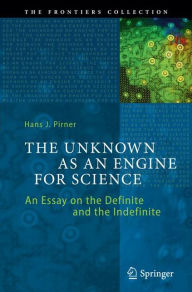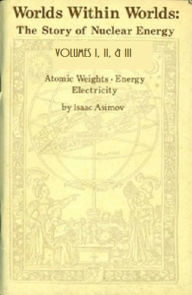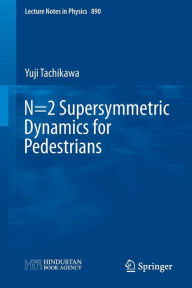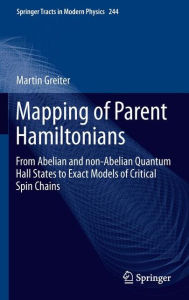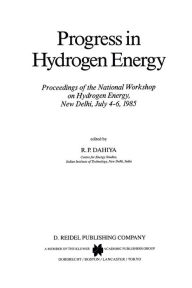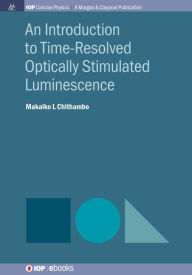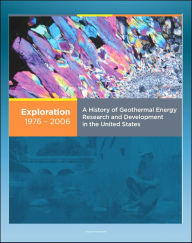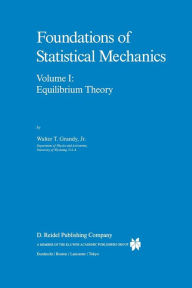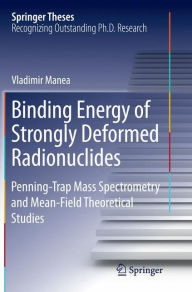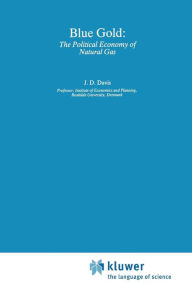
- Browse Category
Subjects
 We Begin at the EndLearn More
We Begin at the EndLearn More - Choice Picks
- Top 100 Free Books
- Blog
- Recently Added
- Submit your eBook
password reset instructions

This Department of Energy (DOE) report on geothermal power technologies has been converted for accurate flowing-text ebook format reproduction, covering federal interagency geothermal activities.
Contents: Introduction and Overview * National Benefits from the Expansion of the Use of Geothermal Energy Resources * From Resource to Production * Brief Overview of Current Policy on Geothermal Energy * Brief Market Overview * Vision and Objectives for this Document * Challenges to Geothermal Energy Development * Technical * Exploration * Drilling * Environmental * The EGS Challenge * Market Structure * Investment Patterns and Risk * Transmission * Labor Force * Policy and Regulation * Federal * State * Awareness * The Federal Role * Key Federal Players and Policy * Current Interagency Initiatives * Current Direction of the GTP Program * Working with Other DOE Programs * International Efforts * Working with Stakeholders * The Future Direction
With the economic security of the United States relying on a sound energy economy, geothermal energy offers the nation a clean, domestically abundant, renewable resource that can make significant contributions to base load power generation. By creating a diverse energy supply, the nation builds a more stable and reliable infrastructure for creating "green" jobs, mitigating climate change and reducing our reliance on foreign oil. The Administration has called for 10% of U.S. electricity to be derived from renewable resources by 2012 and 25% by 2025. These domestic resources will reduce the nation's reliance on finite fossil fuels now used for electricity generation and other productive applications. This call for action challenges the nation to develop clean, renewable energy resources to secure our future. The expanding electrification of our society and the replacement of aging generation infrastructure will require that all renewable energy options are given full consideration. It is in this context that the contributions of geothermal energy to electricity production become critical to meeting this national challenge.
Geothermal energy resources are commercially exploitable concentrations of the Earth's subsurface heat.2 Even if only 1% of the thermal energy contained within the Earth's uppermost crust (10 kilometers or less) were tapped for use, that output would be equivalent to 500 times the energy contained in all the oil and gas resources known in the world.3 With the application of emerging technologies, this large, domestic resource can provide a significant contribution to base load electricity generation while having minimal impact on the environment.
Geothermal power is a renewable, low-carbon option for producing base load electricity across the United States. Improved technologies have the potential to access vast untapped geothermal energy sources, which experts estimate to contain 50,000 times the energy of all oil and gas resources in the world. Increased development of geothermal energy can help address the critical issues of global warming, pollution, and energy . independence, as well as give people better control of their local energy resources and a secure, safe, domestic source of energy.
Less- Publication date
- Language
- ISBN
- January 16, 2016
- English
- f8c22f7a-7a16-4ebd-bda0-1128d22f0c01






